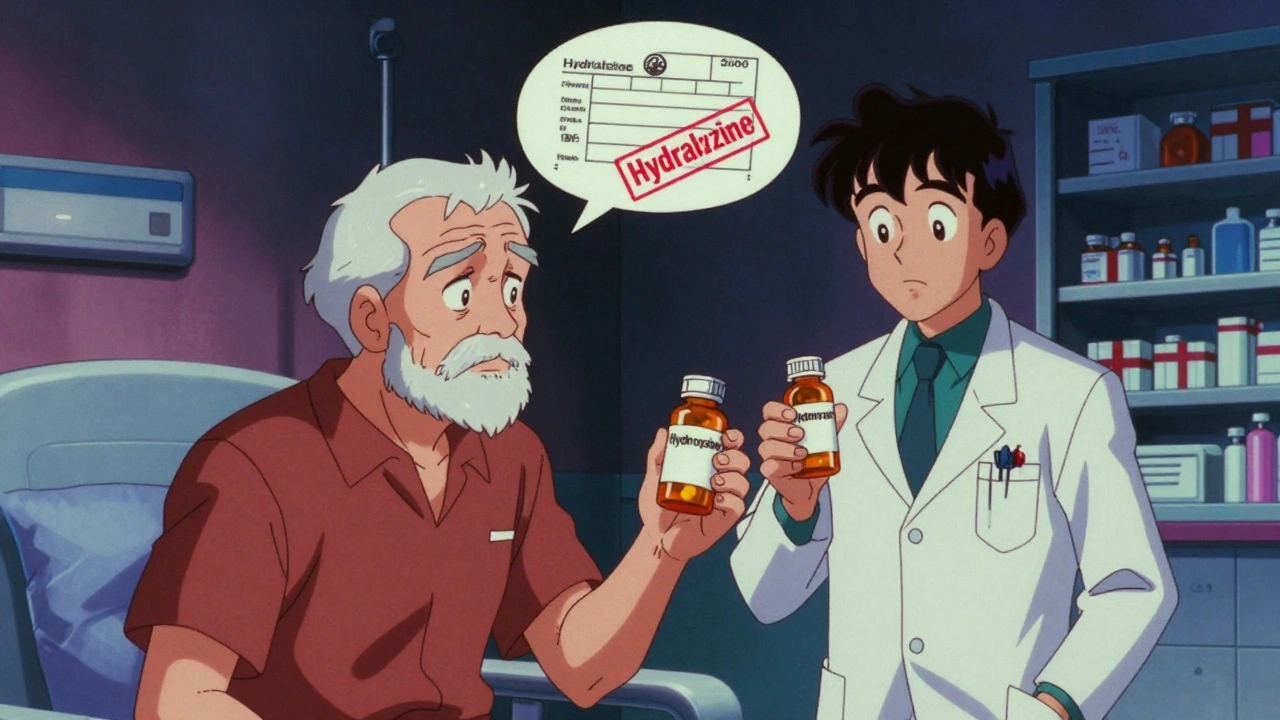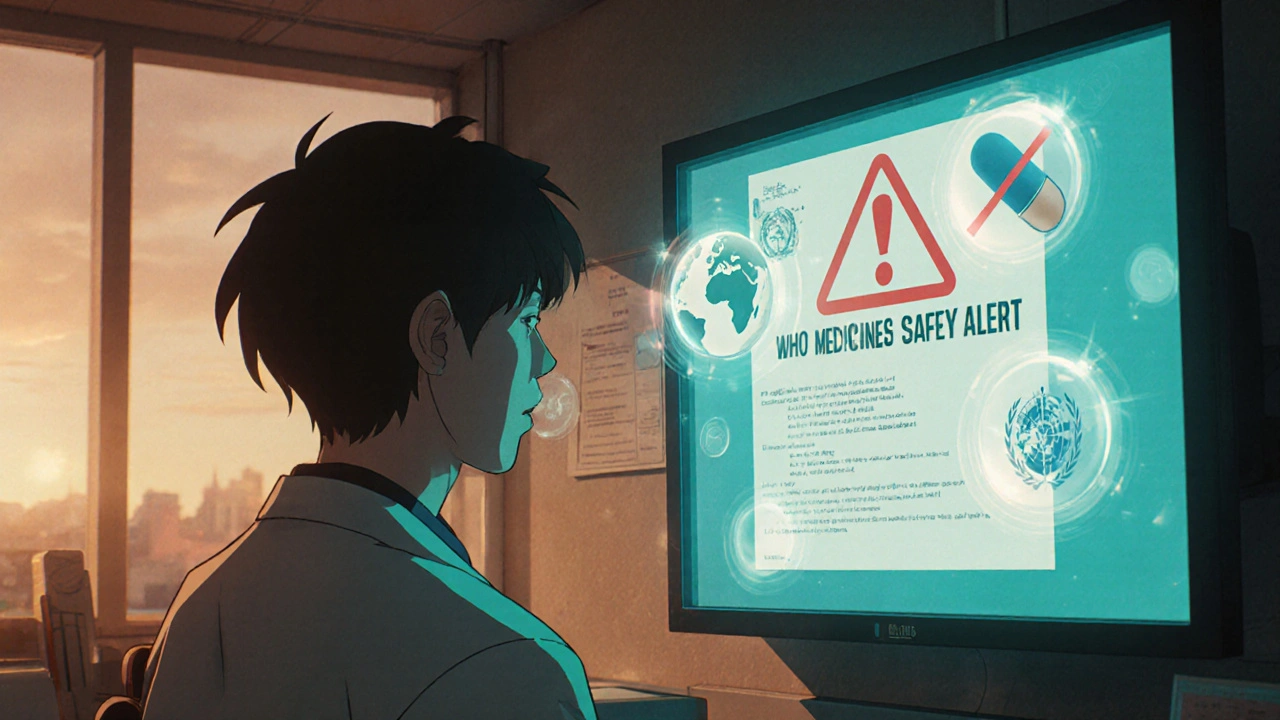When you take a pill, you expect it to help—not hurt. But medication safety, the practice of using drugs correctly to avoid harm while maximizing benefit. Also known as drug safety, it’s not just about following labels. It’s about understanding how your body reacts, how drugs talk to each other, and who’s really watching over them. Every year, hundreds of thousands of people end up in the hospital because of preventable medication mistakes. Some are from mixing alcohol with painkillers. Others come from switching generic brands without checking. A few are from seniors taking too many pills at once, not knowing what each one does.
It’s not all on you. The system has gaps. generic drugs, lower-cost versions of brand-name medications that must meet the same FDA standards for strength, purity, and effectiveness. Also known as bioequivalent medications, they’re safe—but only if the factories making them follow strict rules. The FDA inspects foreign plants, but not all inspections are announced. And even when they are, one bad batch can slip through. That’s why knowing your drug’s source matters. FDA oversight, the process of monitoring drug manufacturing, labeling, and post-market safety to protect public health. Also known as pharmaceutical regulation, it’s your invisible shield. But you can’t rely on it alone. You need to ask questions: Is this the same as last time? Why did my pill change color? Did my doctor check for interactions with my other meds?
For older adults, senior medication safety, the set of practices and precautions designed to reduce risks of adverse drug events in people over 65. Also known as geriatric drug safety, it’s a daily challenge. More than 40% of seniors take five or more prescriptions. That’s a recipe for confusion. One wrong dose of levothyroxine can send your heart racing. Mixing albuterol with alcohol can make breathing harder. And forgetting to check if sucralfate works with your wine? That’s how ulcers come back. The fix isn’t just a pill organizer—it’s knowing what each drug does, who it affects, and when to speak up.
What you’ll find below isn’t theory. It’s real advice from people who’ve been there: pharmacists who caught compounding errors, caregivers who prevented hospital visits, patients who learned how to read between the lines of their prescriptions. You’ll learn how to spot dangerous interactions, why bioequivalence isn’t always enough, and how to talk to your doctor without sounding like you’re questioning their judgment. This isn’t about fear. It’s about control. You’re not just taking medication. You’re managing your health—and you deserve to do it right.

Keeping an accurate list of all your medications - including supplements and OTC drugs - can prevent dangerous interactions and save your life. Learn how to build, update, and use your list for safer care.

Learn how to tell the difference between medication errors and drug side effects-why confusing them puts patients at risk and how to spot each one correctly.

Learn how to track global medication safety alerts, report side effects effectively, and use trusted resources like WHO, UMC, and the Yellow Card system to protect patients and stay ahead of emerging drug risks.
